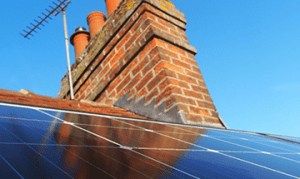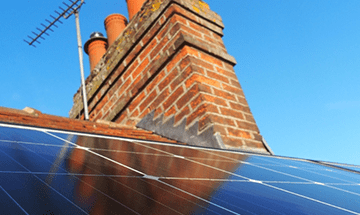Capturing clean, renewable power from the sun with a solar photovoltaic (PV) system brings many benefits, including lower energy bills and reduced environmental impact. But there’s been one thing missing, until now.
Storing Solar Energy
Solar panels produce energy all day whether you need it or not – and it’s often more than you need. The only option for excess power has been to send it into the energy grid in exchange for credits. A new solution involves familiar technology: batteries. Technological advances in battery energy storage have made it an affordable option. By storing solar energy, you have more control over how and when you use it, with greater benefits than a solar PV system alone.
Benefits of Storing Solar Energy
Access stored power during a power outage
Even greater savings by participating in special energy conservation programs
Enhanced federal and state incentives for using both technologies

How it Works
Any solar PV installation is connected to the energy grid to supply power to you when there’s little or no sunlight, and take in excess power you generate. The batteries are housed indoors or outdoors in a box the size of a small cabinet. Most systems use lithium-ion batteries – like in a cell phone or electric vehicle. Your solar contractor will determine the best location for your solar panels and batteries and the appropriate size of the entire system.
Your Panels: Solar panels produce energy that powers your home, charges the batteries or feeds into the energy grid.
Your Batteries: The energy you store provides power during an outage to run essential needs like some lights, heat and kitchen appliances. Once the batteries are fully charged, excess power automatically feeds into the energy grid.
Your Choices: Adding storage to a solar PV system creates new opportunities to participate in special programs that enable you to generate even more savings. Some systems will automatically ensure you receive the maximize benefit from the power you generate.
Read more: PSEG Long Island



